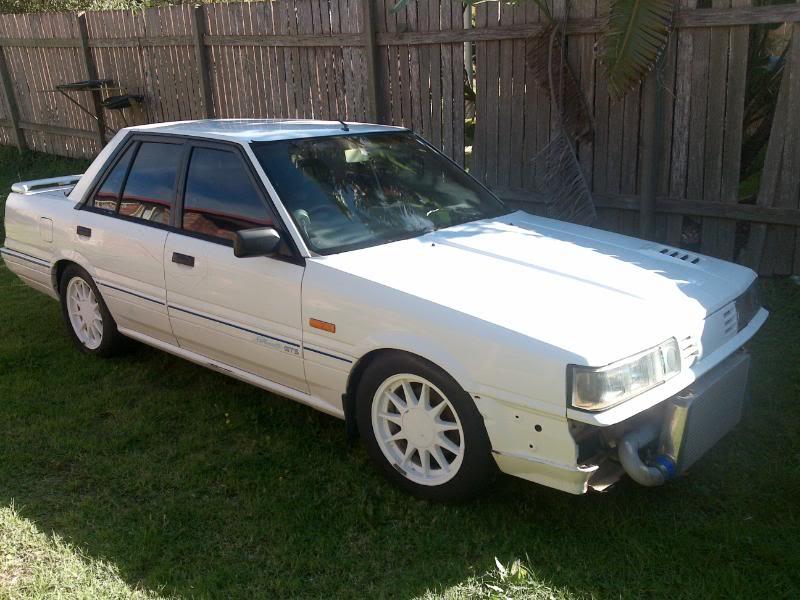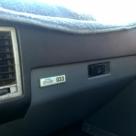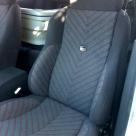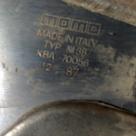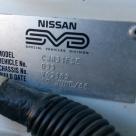1988 Nissan Skyline R31 Silhouette GTS1 (SVD)
Specifications
Vehicle location
Australia , Unknown , Unknown
This is a GTS1, build number 33 of 200! We have very little details on the whereabouts of this particular GTS1 - spotted online some years ago, the details were collected, however, its location, etc are not known. If anyone has information on where this car ended up, please let us known so we can update the register here.
For those that don't know these cars, this is an Australian special edition Nissan Skyline R31, known as the GTS1 Silhouette. All the GTS1 cars were painted white. Some of the visually distinguishing features of the car included 16" white powder coated 11 spoke wheels, rear spoiler, unique SVD / Silhouette decals and sports cloth interior - along with the unique badging. The cars were fitted with a turbocharged RB30 engine and stage 1 camshaft, producing 130kw, and were only available in manual transmission. Extractors, and 2.25" exhaust and an LSD were also fitted standard.
If you own one, please add yours to Classic Register so we can keep records on the remaining cars. If you are now the owner of this car or know where it ended up, please get in contact with us and we can update the cars profile.
You are about to contact the author of this vehicle.
Be aware this vehicle has currently not been listed for sale!
So refrain from price bidding.
